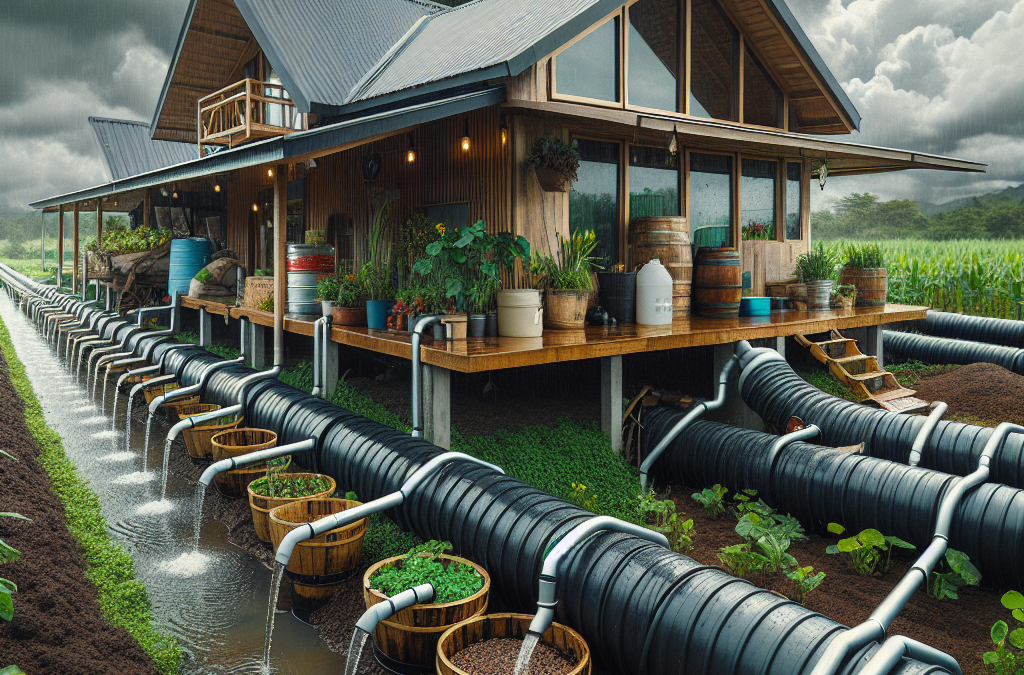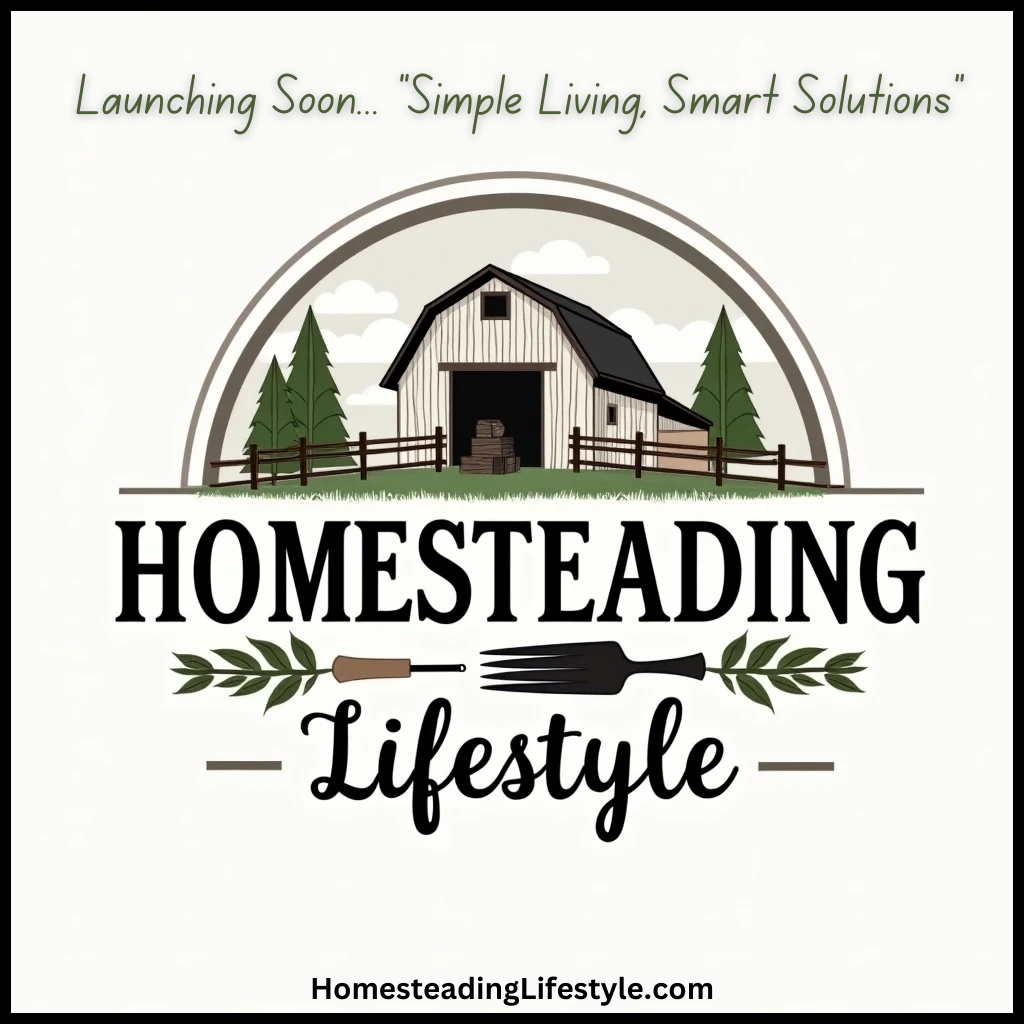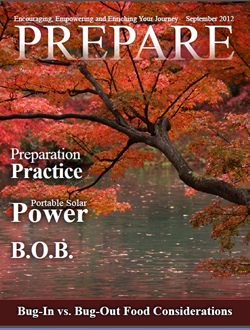Understanding Rainwater Harvesting
What is Rainwater Harvesting?
Rainwater harvesting is simply the collection and storage of rainwater for various uses. I first got hooked on the idea when I realized just how precious water is, especially in drier months. It’s not just about saving money; it’s about being part of the solution for sustainable living. With a little effort, you can tap into this free resource that falls straight from the sky!
It can be as simple as placing a barrel under a downspout or as elaborate as a full-fledged system that comprises reservoirs and pumps. Regardless of the scale, accumulating rainwater is a no-brainer for anyone trying to become more self-reliant. Plus, it’s a great way to reduce your dependence on municipal water supply.
By harnessing rainwater, you’re not only saving on your water bill—you’re also helping to mitigate runoff and erosion. Mother Earth appreciates your efforts, and so will your future self when you see the savings and benefits piling up!
The Benefits of Harvesting Rainwater
One of the first benefits I noticed was how it lessened my utility bill. When summer hits and my plants are thirsty, I just tap into my tank of rainwater. It feels satisfying, like I’ve struck gold! You can also use rainwater for watering your garden, washing your car, or even flushing toilets if your setup allows it.
Not to mention, rainwater is often softer than groundwater, meaning it’s gentler on your plants. I’ve noticed my flowers and veggies thrive without the harsh minerals found in some tap water. It’s like giving your garden a natural spa treatment!
Additionally, it contributes to a healthier environment. By capturing rain that would otherwise become runoff, you’re helping reduce erosion and pollution in your local water systems. Less runoff means cleaner waterways, and that’s something every eco-conscious homesteader can feel good about.
Common Misconceptions
When I first dove into rainwater harvesting, I had a ton of questions and misconceptions swirling in my head. One biggie? Many people think it’s too complicated or costly to set up. But trust me, even a simple rain barrel can do wonders!
Then there’s the worry about water quality. Some folks fret that rainwater could be dirty or unsafe. While it’s true that you should properly filter and treat rainwater, with the right setup, it can be as pure as any municipal supply. Regular testing can alleviate any concerns, and I’ve found that my rainwater is consistently excellent for my plants!
Finally, people often ask if it’s only beneficial in certain climates. Spoiler alert: it isn’t. Rain falls in various amounts across the globe, and with a good harvesting and storage system, you can utilize it even in drier regions. Flexibility is key!
Setting Up Your System
Choosing the Right Setup
Deciding on the right system can feel a bit daunting at first. I began with a simple rain barrel—honestly one of the best choices I’ve made! It’s cost-effective and doesn’t require fancy equipment, and it gets the job done.
As you explore your options, consider your harvesting goals. What do you want to achieve? Are you just looking to water your garden, or do you want to supply non-potable water for household use? Knowing what you need will help you choose the right size and type of system.
In more complex setups, you might need gutters, downspouts, storage tanks, and filtering systems. But don’t let that scare you. Many resources and guides can help you find the best system for your homestead!
Choosing Your Storage Solution
After deciding on a system, the next step is to choose a storage solution. I found that rain barrels are a fantastic starting point, but there are larger tanks available for bigger projects. Just make sure it’s made from durable, food-grade materials if you plan to use it for non-gardening purposes.
Also, positioning your storage tank wisely is crucial. It should be close to your downspouts to maximize efficiency but also at a height that allows gravity to do its thing when you’re drawing water. Trust me, lugging a hose around can get old fast!
Lastly, consider how you’ll keep the water clean. Installing screens on your barrels or tanks can prevent leaves and debris from cluttering up your water source. I never want to risk my precious liquid gold turning into a murky mess!
Maintenance Tips
Like anything in life, maintenance is key to your rainwater harvesting system. I discovered that a little upkeep goes a long way in keeping everything flowing smoothly. Ensure you’re checking for clogs or debris build-up regularly.
Also, clean your gutters! Leaves can ruin your whole setup if not managed. You don’t want to go out one stormy day and find your system completely compromised, trust me.
Lastly, don’t forget to keep an eye on your stored water quality. Depending on your area’s environmental conditions, you might want to test for contaminants periodically. It’s a small effort that ensures you’re still on the right track for clean rainwater use!
Utilizing Harvested Rainwater
Watering Your Garden
Using rainwater for gardening is probably the first way I began to utilize my setup. It’s so rewarding to see my plants thriving on what I gathered from the sky! Plus, I’ve saved quite a bit off my water bills.
I recommend getting a soaker hose or a simple watering can to distribute your rainwater effectively. The plants really seem to appreciate it, absorbing this softer water with less harshness than typical tap water.
On hot, sunny days, I love pouring a little extra around my seedlings. It’s like giving them a refreshing drink after a long drought. Every little drop counts in helping them flourish!
Washing and Cleaning
Rainwater can also be great for cleaning tasks. I use it to wash my car, which saves me from those pesky high water bills during summer. Plus, it’s a great way to keep things eco-friendly while making my ride shine!
If you’re a homesteader like me, you’ll find all sorts of uses—like washing tools and equipment! It’s basically nature’s way of offering us some eco-friendly soap!
Just remember that for indoor cleaning, it’s best to have a proper filtration system or to ensure your rainwater is used for non-potable purposes only. But overall? It’s a win-win!
Flushing Toilets
If you’re feeling adventurous, you can even plumb your rainwater system to work with your toilets. It’s not as complicated as it sounds! A friend of mine did this with his new setup, and he swears it’s totally worth it.
Using rainwater for flushing toilets can significantly reduce your water usage, which is especially helpful in drought-prone areas. Just imagine how many gallons you’ll save over time!
It’s a bit more of a project, but for those willing to dive deeper into the world of rainwater harvesting, this adds a layer of sustainability to your homestead that brings lots of satisfaction.
Legal Considerations and Resources
Laws and Regulations
Before diving into rainwater harvesting, you should definitely check your local laws and regulations. Some places have restrictions on collecting rainwater, while others encourage it with incentives! When I got started, I was surprised to find supportive policies in my region, which made it easier to set everything up hassle-free.
Connecting with local government or agricultural offices can provide valuable insights into what’s allowed in your area. The last thing you want is to invest time and money only to find out you were breaking the rules!
As laws are constantly evolving, staying informed will make your journey smoother and help you find any grants or rebates available for setting up rainwater systems.
Finding Resources and Communities
A solid support system can make all the difference. So I suggest tapping into online forums, local gardening groups, and social media platforms where fellow enthusiasts gather to share tips and experiences. It’s amazing how much knowledge is out there!
Many communities host workshops or events focused on sustainable practices, and these can be a great way to learn hands-on. Plus, you might meet a few like-minded folks who can share their successes and struggles along the way.
Books and online resources are also handy for getting the nitty-gritty details right. Never feel shy about asking questions—everyone’s been a newbie at some point!
Resources for DIY Systems
If you’re leaning into DIY, a plethora of resources can help you out. There are countless guides, video tutorials, and downloadable plans that can illustrate everything from simple barrels to elaborate cisterns. I’ve learned so much through trial and error, along with the help of online mentors.
Many local home improvement stores also offer supplies and advice. I remember chatting up my local hardware store employee—they had fantastic tips that saved me a lot of headaches down the road.
Ultimately, the key is to start small and gradually expand your system as you learn. There’s no rush, and every bit of knowledge will serve you well in your rainwater journey!
Frequently Asked Questions
1. Can I drink harvested rainwater?
Harvested rainwater can be potable, but it requires proper filtration and treatment. If you’re considering it for drinking, ensure you have the right setup and, ideally, conduct regular water quality tests.
2. What materials do I need for a basic rainwater system?
For a simple system, you’ll typically need a rain barrel, gutters, downspouts, and possibly a filter. Everything can be relatively inexpensive and easy to set up!
3. How much water can I realistically collect?
The amount you can collect largely depends on your roof size and rainfall patterns in your area. Generally, a 1,000-square-foot roof can produce around 600 gallons from just one inch of rain!
4. What do I do in freezing temperatures?
When temperatures drop, make sure to winterize your system. This includes draining your barrels and insulating any outdoor pipes to prevent freezing and bursting.
5. Is rainwater harvesting expensive?
It really can fit any budget—from simple barrels to elaborate systems. Initial costs can vary, but the long-term savings on your water bill often make it a worthwhile investment!
So, that’s my journey into rainwater harvesting! It’s a sustainable solution that not only benefits your pocket but also the environment. By starting small and being consistent, you’ll find joy in what nature freely provides. Happy harvesting!





